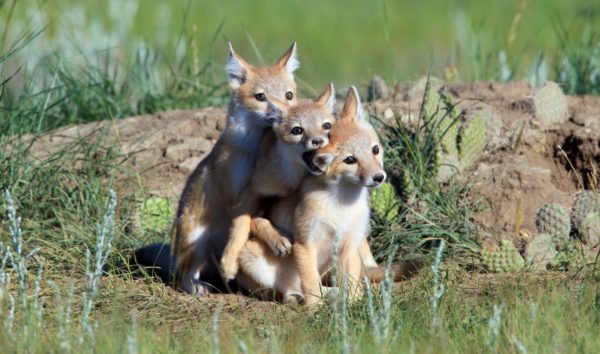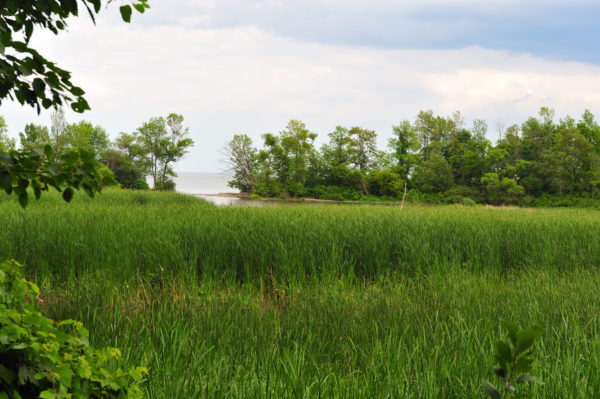More parks but less wildlife: What’s going on?
How can we make sure we are protecting more of the spaces that wildlife need? This question is crucial today, as Canada’s federal government has committed in the next three years to protecting an area equivalent in size to the province of Alberta. This is a huge goal and one of the most exciting periods for conservation in Canada’s history.
With such ambitious targets, short timelines and with 50 per cent of Canada’s wildlife in decline, the challenge will be to protect areas that are home to our most vulnerable species, and not just the places that happen to be the easiest or cheapest to protect.

More protections, but still less wildlife
Today, protected areas cover more land than all the world’s crops combined. If you were to put all of them in one place, they would cover all of South and Central America. And yet global wildlife populations continue to decline.
Here’s what’s wrong with our common approach to protected areas: Traditionally we have focused on size, not species. We’ve been asking the wrong question. Instead of asking, “How big is it,” we should be asking: “What does it protect?” “Can it be well managed?” and “Does it connect with other protected areas to create essential wildlife corridors?”
Because of the emphasis on size, historically we have sought the biggest park for our buck, minimized costs and often chose less biodiverse areas, while hotspots of vulnerable biodiversity went unprotected.

If Canada is serious about creating new protected areas that support the recovery of Canada’s 620 threatened species, we need a new approach for protecting areas with the greatest need. This means prioritizing protections in places such as southern Ontario and Quebec, where nearly one-third of all vulnerable species in Canada are found.
If we don’t do this, and instead stick with the same old approach, this incredible opportunity to take monumental conservation action risks resulting in a conservation flop of historic proportions.
So how do we help habitat and wildlife where help is needed the most?
Connecting protected areas to wildlife
To enhance the connection between new protected areas and recovery of our most vulnerable species, we must be more strategic about where we create protected areas.
And that starts with prioritizing species, using science-based decision-making tools. A new Canadian paper and tool has demonstrated how we can do just that, by following a set of guiding principles for identifying new protected areas that includes protecting species at risk and ensuring landscape connectivity.
Once we’ve identified the areas that need protection, we need to look for overlap with willing land-owners or communities. Protected-area planning can’t happen in a vacuum. Where are the communities that are interested in seeing parks nearby? Where is someone interested in selling private land at a price conservation can afford?
A national, large-scale land conservation effort has the potential to reverse the decline of wildlife in Canada – if we don’t throw our species priorities out the door at the first opportunity to buy discounted land. Size isn’t everything.
Oscar Venter: When it comes to protected areas, size isn't everything. #WildlifeLossForum https://t.co/HquAqVda8K
— WWF SciComm (@WWFCA_SciComm) April 25, 2018
Dr. Oscar Venter is an associate professor at the University of Northern British Columbia and co-author on this recent science-based framework to help guide protected areas for biodiversity conservation. He recently spoke at WWF-Canada’s Reversing Wildlife Decline Innovation Forum in Toronto.
This op-ed originally appeared in The Toronto Star on July 2, 2018. It is reproduced here with permission.

